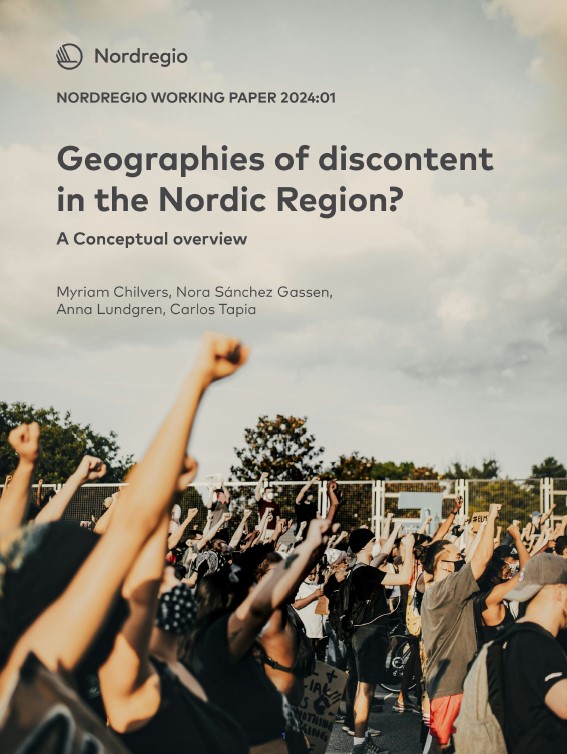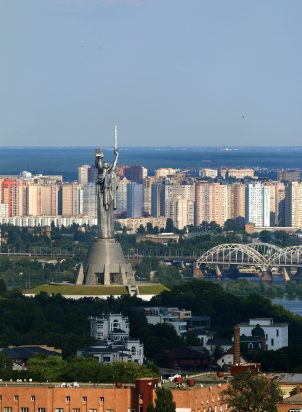This working paper explores the factors driving political discontent and changes in the electoral behaviour across the Nordic Region. It serves as a conceptual overview of the topic by taking stock of the combination of factors that are driving discontent and geographies of discontent in the Western liberal democracies and in the Nordic Region specifically.
The 2010s have seen a rise of the age of discontent, including political and anti-government protests, as well as changes in the electoral behaviour. While voter turnout has continued to decline throughout the recent years in the West, there has also been a rise in votes cast for non-traditional and in some cases new parties. This has often been referred to as the most distinct expression of political discontent.
The root causes and drivers of the anti-government sentiment are complex. The driving forces include the economic and structural changes that have increased the vulnerability of individuals and territories. The resulting inequalities and socio-cultural divides between people and places give rise to discontent and dissatisfaction, particularly within places that feel left behind. While the key factors driving geographies of discontent elsewhere in the West can also be found in the Nordic Region, further analysis is required to ascertain whether discontent in the region is primarily driven by territorial or interpersonal inequality.
The paper is a part of the project “Ensuring inclusive economic growth in the transition to a green economy (EnIGG)”. The project analyses how the Nordic countries can accelerate the green transition towards a climate-neutral economy. The paper is part of a working package that looks into the distributive effects of climate policies and analyses how gaps between richer and poorer population groups and regions have developed since the last economic crisis.










